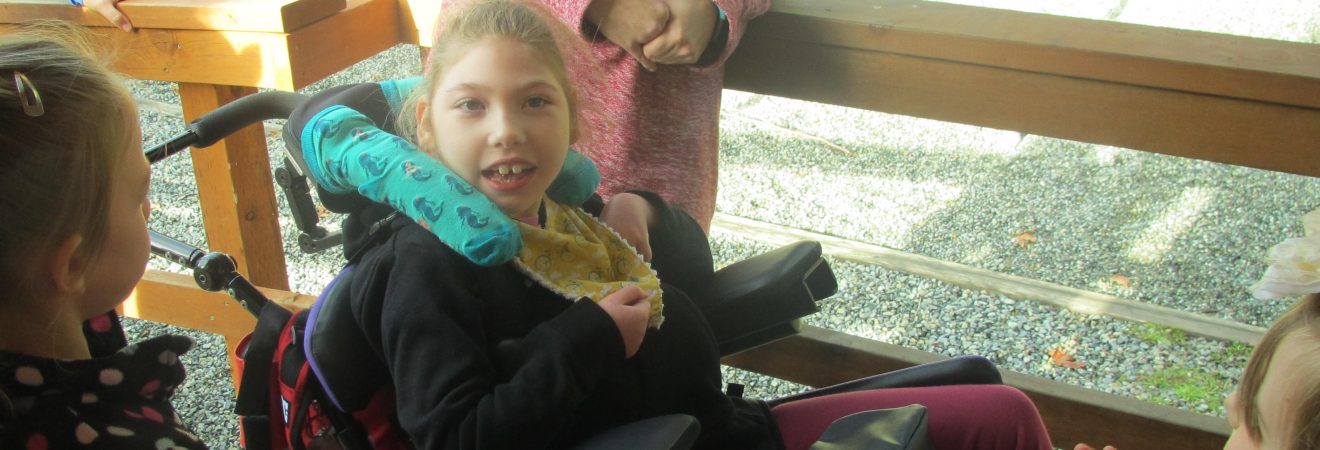Referral Form Fillable Referral Form
Referral Update Fillable Referral Update
(complete fillable forms online then download to save)
Referral Update to be completed when a student already enrolled with Inclusion Outreach changes districts or schools.
Criteria for Student Referral
Inclusion Outreach supports students meeting the criteria for Physically Dependent (Category A) funding in British Columbia school districts:
• Students with dependent needs who are completely dependent on others for meeting all major daily living needs. They will require assistance at all times for feeding, dressing, toileting, mobility and personal hygiene. Without such assistance and personal care support, attendance at school would not be possible.
• Students designated in other Ministry categories; e.g. Moderate to Profound Intellectual Disability (C) or Physical Disability or Chronic Health Impairment (D) with associated disabilities and complex needs.
Referral Procedure
Referral Forms are completed by the student’s school case manager, then submitted to your District Partner for signature and submission to Inclusion Outreach for screening (District Partners for each BC School District can be found under Contacts on this website). The School District and student support team commits to provide release time for appropriate staff while the Inclusion Outreach team is working in the district.
We also accept student referrals from independent schools within BC (not associated with a School District). In that instance the District Partner information would not be required.
Completed referral forms can be emailed to our Administrative Assistant Melody Stark – mstark@sd61.bc.ca.
What Does an Inclusion Outreach Visit Look Like?
Prior to the visit we collect assessment information and connect with our school-based team counterparts (i.e., the teacher on the team will contact the resource teacher or school-based case manager and the parents; the S-LP on our team contacts your S-LP and our therapist contacts your therapists).
Typical visits are scheduled Wednesday through Friday and our team arrives at the school on Wednesday as early as travel permits to meet the student and their team. Mostly we observe although (truth be told) we’re pretty hands on and bring big bags of equipment to try out. Sometimes therapists make arrangements to meet and touch base and/or work together. Wednesday after school we offer two options if desired: a PATH (Planning Alternative Tomorrows with Hope) session for the student and their family, or a District Inservice.
Thursday we work with the student and their team at school while trying out and modelling strategies to facilitate inclusion, active participation, communication and learning. We try to be unobtrusive while in and out of classrooms with the student throughout the school day.
On Friday morning we hold a three hour meeting with the school team, family, therapists and others to present our suggestions. Districts agree in advance to provide release time for school staff (i.e., resource teacher, classroom teacher(s) and educational assistant) to attend the meeting. On Friday afternoon the Inclusion Outreach team leaves to travel home and the school team continues to meet to develop an implementation plan.
“I absolutely loved the presentation. I learned so much about how to best support all our students. One of the real connections for me was how well the core competencies align with IEP goals and ways to support classroom inclusion. It really helped me to see how our SBT can frame IEP goals for all our students, particularly how we measure progress.” Paul Manville, Principal, School District #40 New Westminster

